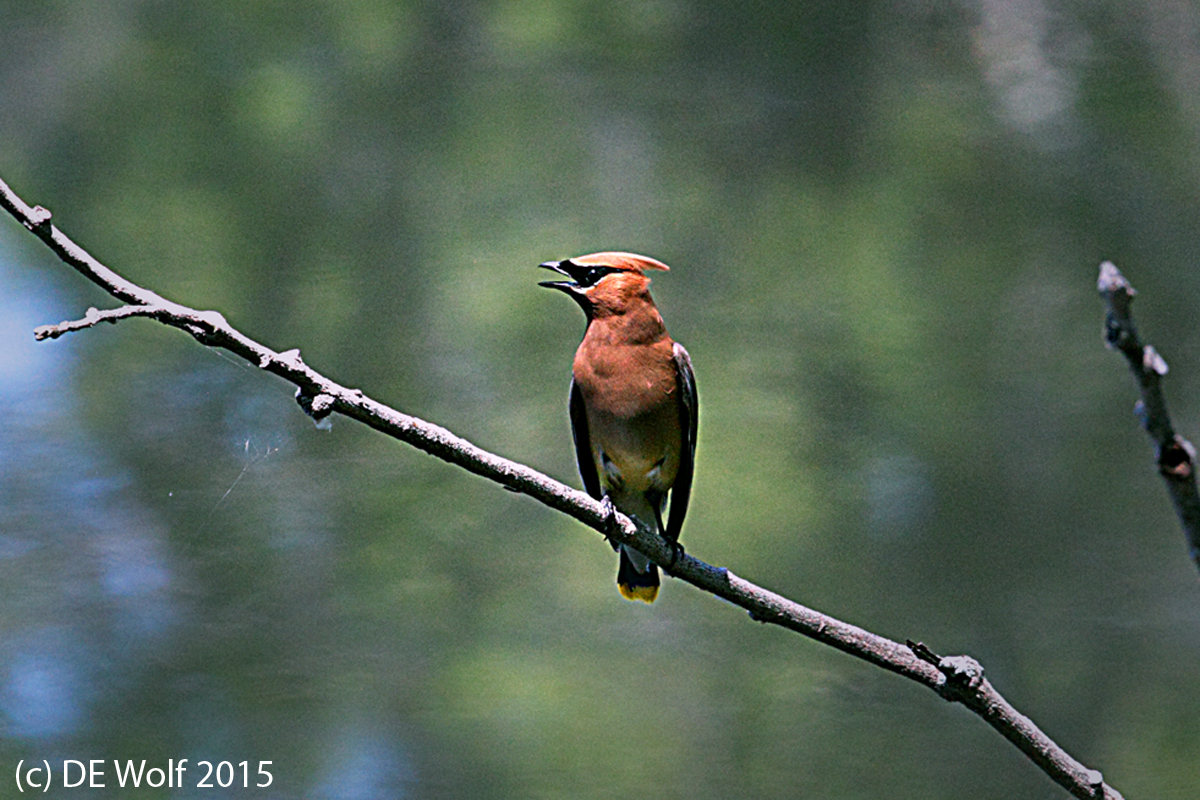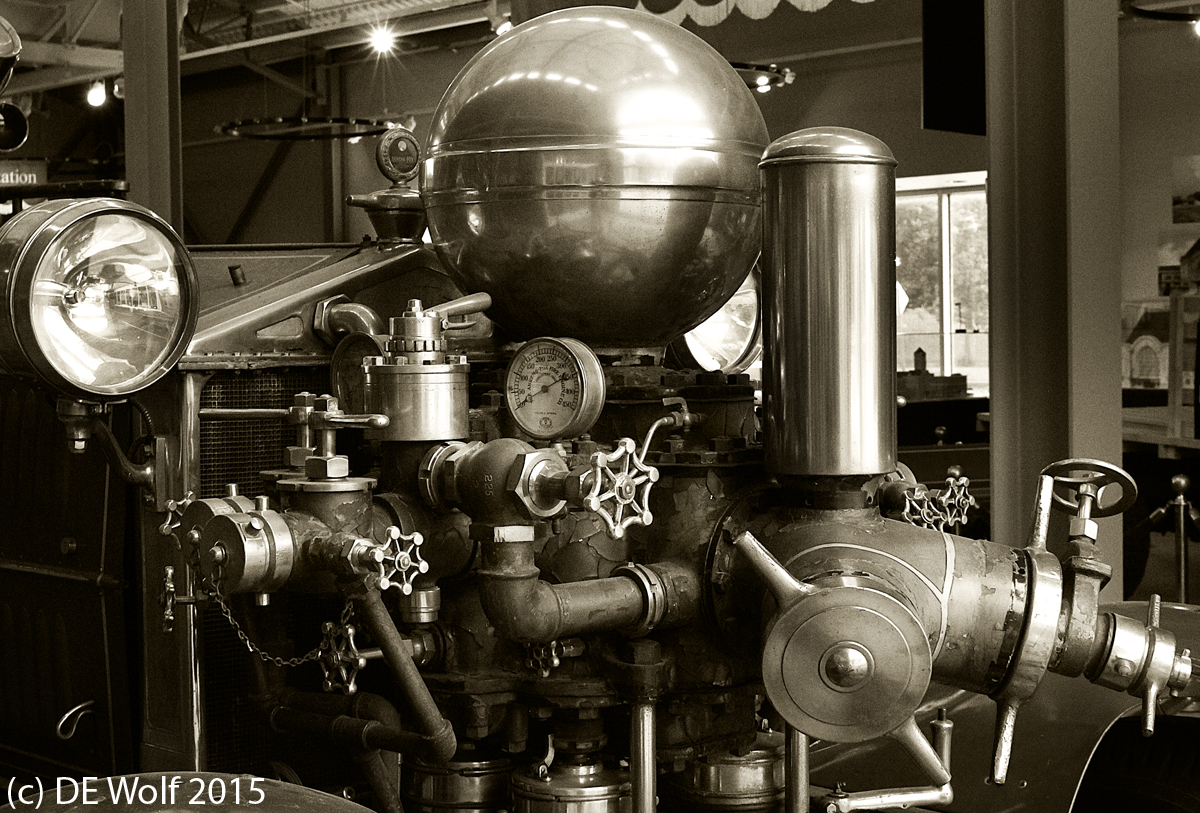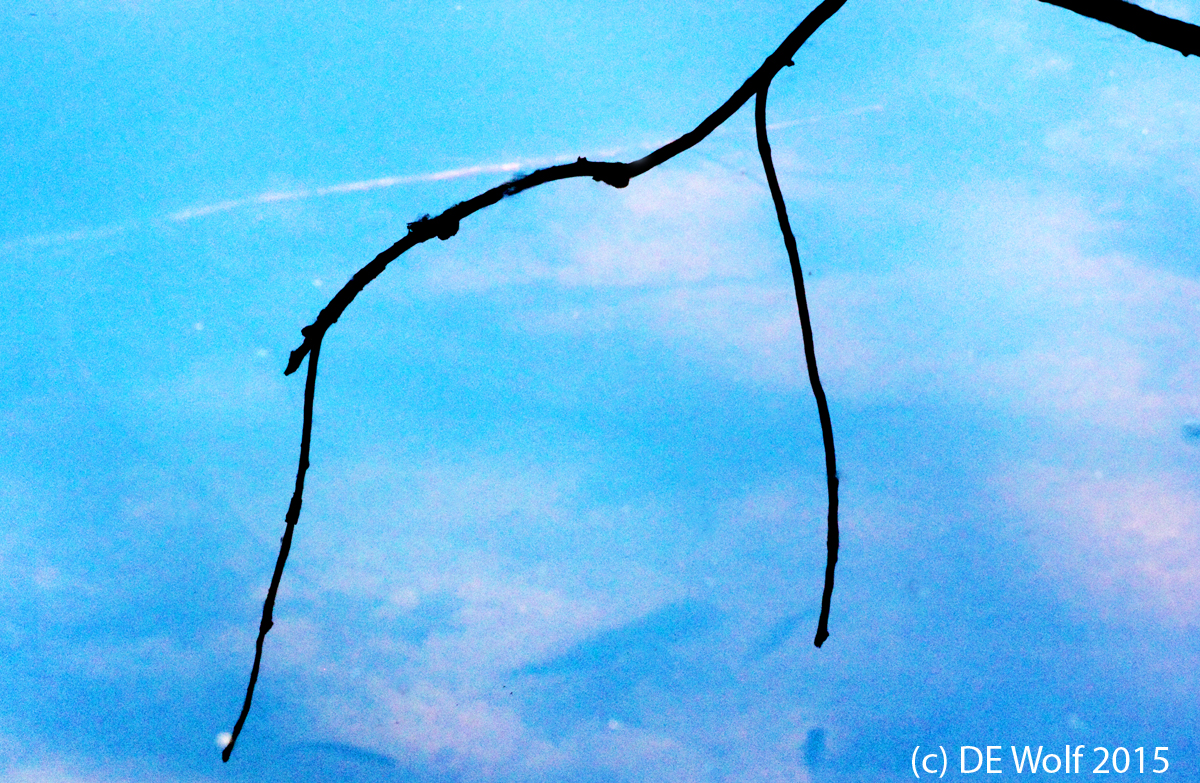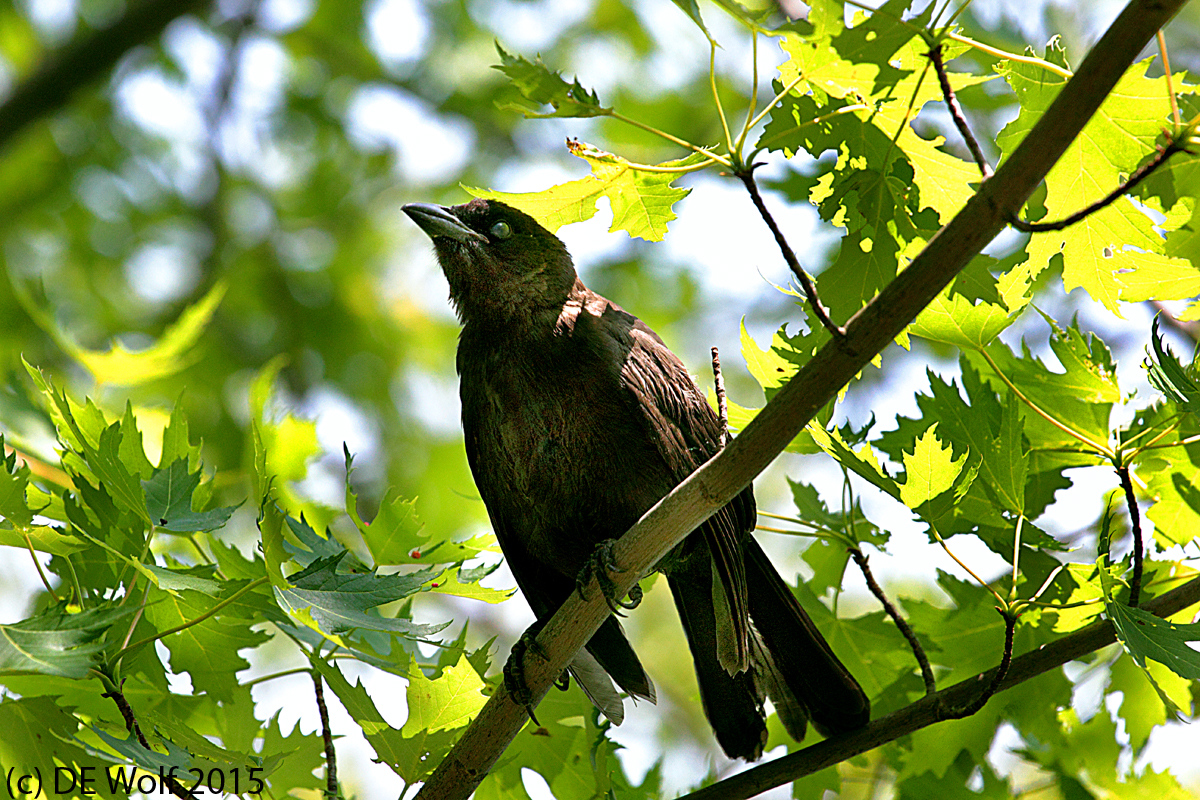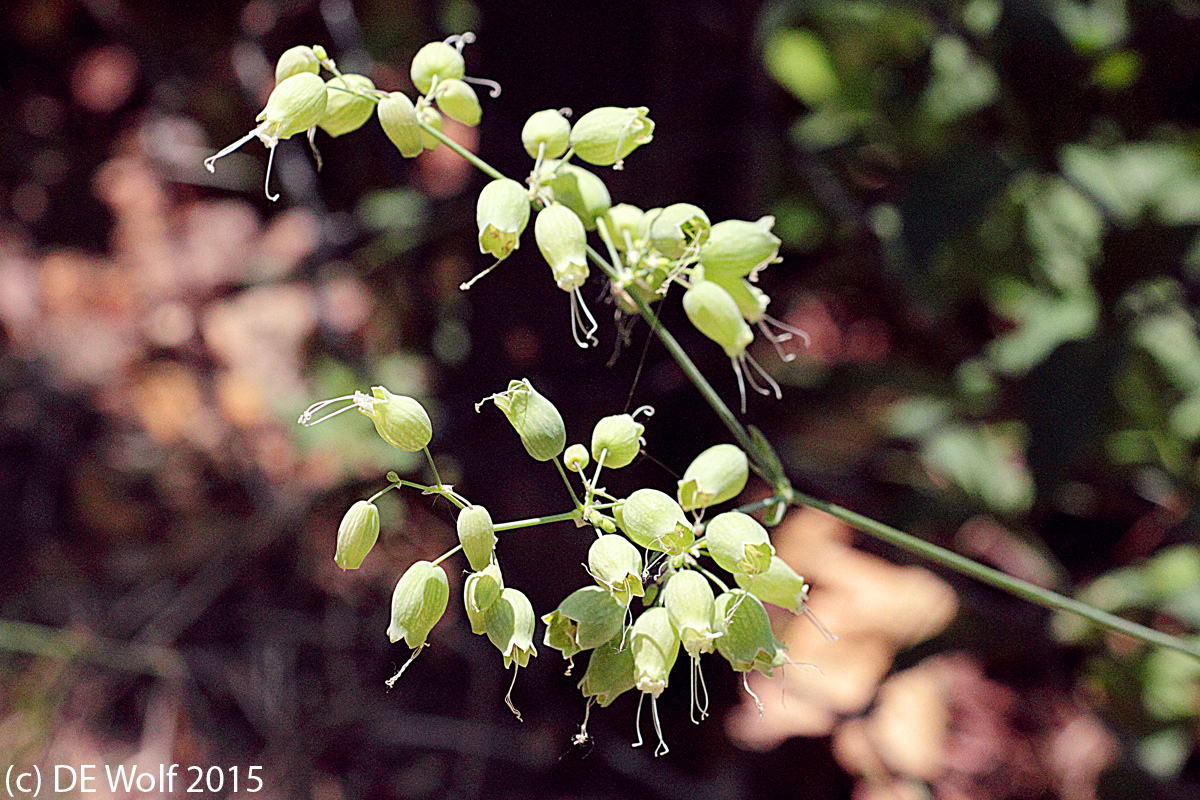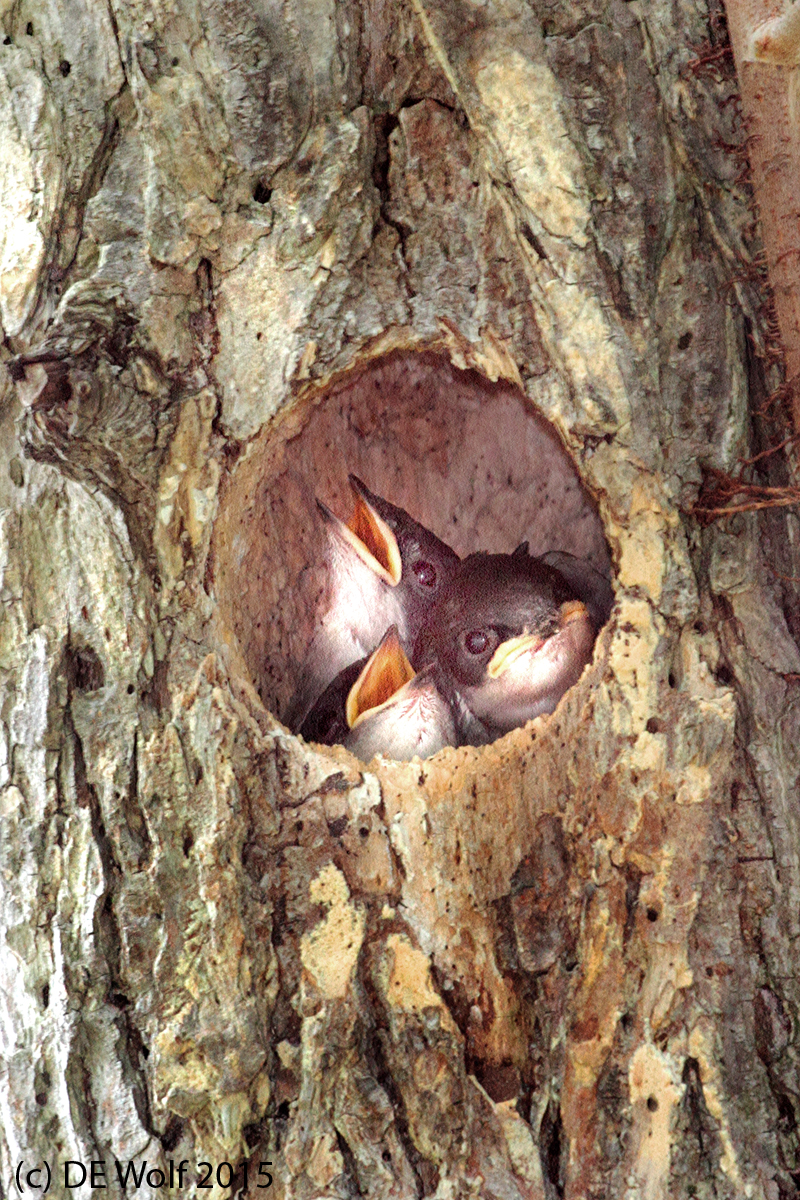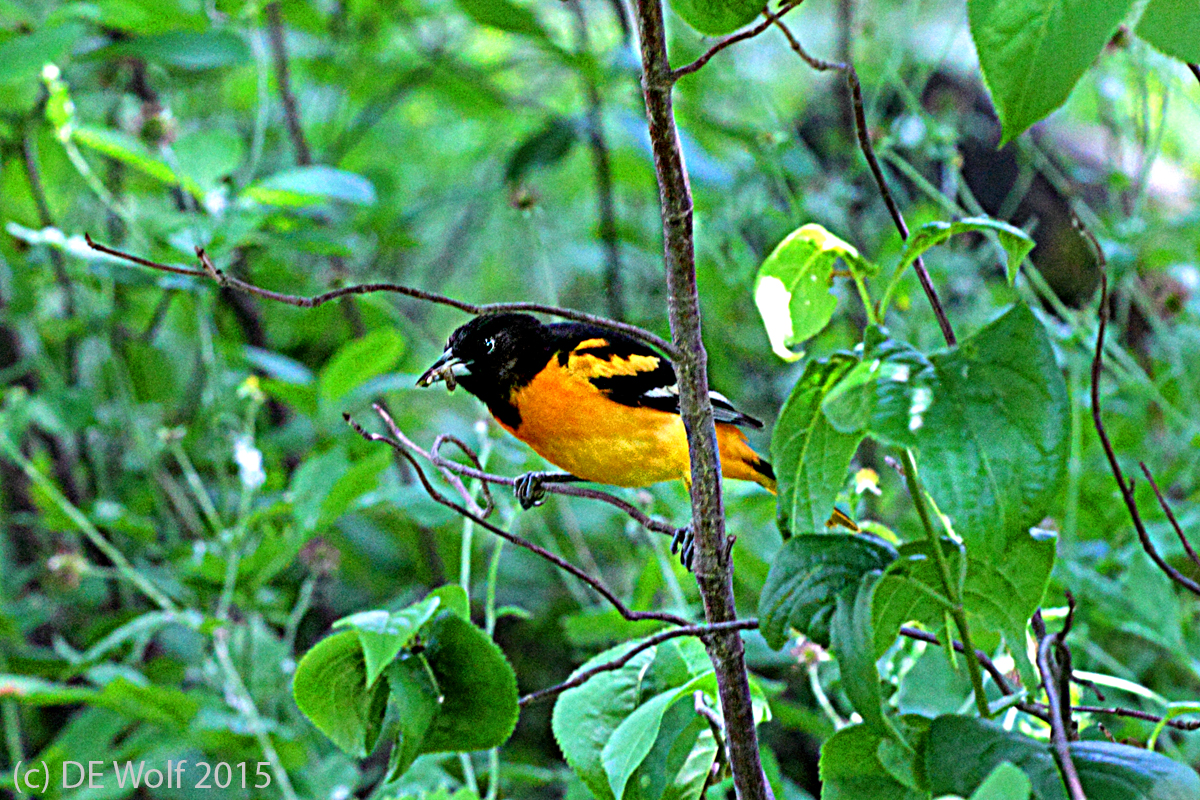I’ve got to agree with several birding sources that state how delightful an experience it is to come upon a group of Cedar waxwings – Bombycilla cedrorum. And the size of these groups can be imoressive. In my particular case I was walking around Fresh Pond and ended with a stop at Black’s Nook. There they were an intensely active group of birds hovering over the pond lilies and grasses like so many VTOLs or helicopters in search of insects. They were a bit too far off to get a good image with the lens that I had, but I quietly waited until one landed on a tree limb in front of me.
Actually, I did not know what I was looking at, but the Cornell Birdfinder app came quickly to the rescue. They are stunning birds as I hope Figure 1 captures – “a silky, shiny collection of brown, gray, and lemon-yellow, accented with a subdued crest, rakish black mask, and brilliant-red wax droplets on the wing feathers.” The mask is very confusing at first. At a distance you can’t quite figure out where the eyes and the beak are. This is truly the kind of experience which makes bird photography so much fund. And, of course, I am not quite satisfied with the photograph; so back I go to try to get a better one.
Canon T2i with EF70-200mm f/4L USM lens, ISO 1600, Aperture Priority AE mode, 1/1000th sec at f/7.1 with no exposure compensation.

